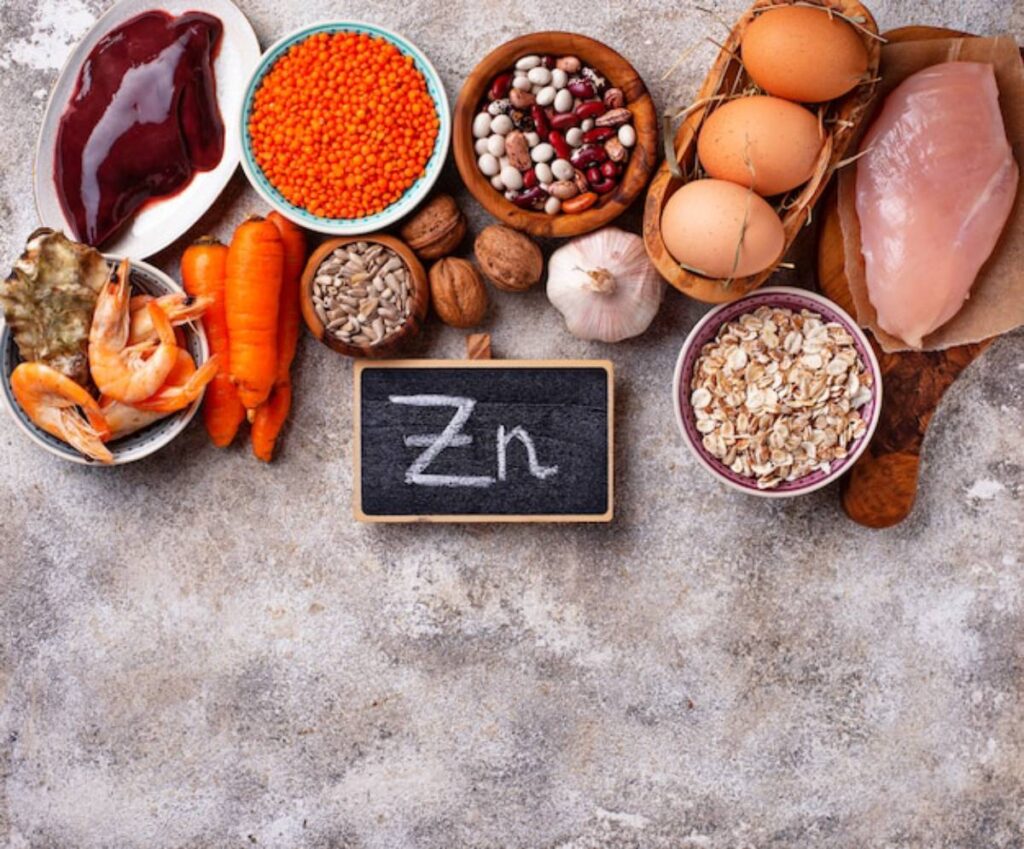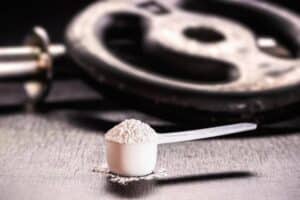The Fitness Blog

How Zinc, Magnesium, and D-Aspartic Acid Aid Gains
You’ve nailed your protein intake, dialled in your macros, and your training plan is airtight. But if your progress has plateaued, you might be overlooking one critical piece of the puzzle micronutrients. In particular, three powerhouse compounds that work in synergy to fuel your growth — zinc, magnesium, and D-aspartic acid (DAA).
These aren’t just buzzwords you’ll find on the back of supplement bottles. They’re part of a highly effective testosterone support stack that impacts everything from strength and recovery to energy levels and hormonal balance.
In this article, you’ll discover how this mineral trio supports muscle growth, why it matters for your performance, and how to integrate it into your routine for real, sustainable results.
Why Micronutrients Matter More Than You Think
The Foundation Beneath Your Gains
It’s easy to focus on protein shakes, creatine, or pre-workouts. But micronutrients are the unsung heroes working behind the scenes.
- Activate enzymes essential for muscle repair
- Influence hormone production (especially testosterone)
- Support sleep quality and recovery
- Regulate nerve and muscle function
When levels of zinc or magnesium drop even slightly, your body struggles to perform. Add intense training, stress, or dieting into the mix, and the need becomes even greater.
Zinc: The Anabolic Catalyst
What Is Zinc?
Zinc is an essential mineral involved in over 300 enzymatic reactions in the body. While it’s best known for immune health, it plays a key role in testosterone production and muscle growth.
Benefits for Muscle and Hormones
- Testosterone Support: Zinc helps prevent the conversion of testosterone to oestrogen via the aromatase enzyme
- Immune Recovery: Supports post-training immune response
- Enzyme Activation: Required for DNA synthesis and repair, vital during muscle hypertrophy
Research-Backed Facts
- A study in Nutrition (2007) found that men with zinc deficiency had significantly reduced testosterone levels.
- Athletes with adequate zinc showed improved strength, performance, and endurance over zinc-deficient peers.
How Much to Take

- Best Time: With meals (avoid calcium-heavy foods that impair absorption)
- Recommended Daily Intake: 15–30mg
- Signs of Deficiency: Low libido, poor recovery, frequent colds, hair thinning
Magnesium: The Recovery Mineral
What Is Magnesium?
Magnesium is involved in over 600 biochemical reactions, including energy production, nerve signalling, and muscle contraction. Despite its importance, up to 70% of people don’t get enough.
Why It’s Crucial for Lifters
- Reduces Cortisol: High stress = low testosterone. Magnesium helps modulate cortisol levels.
- Improves Sleep: Deep sleep is when your body repairs and grows. Magnesium supports REM cycles.
- Muscle Contraction & Cramp Prevention: Ensures muscles fire efficiently and recover fully
- Insulin Sensitivity: Enhances nutrient delivery to muscle cells post-exercise
What Science Says
- Research in The Journal of Sports Science found that magnesium improved anaerobic performance in athletes.
- Supplementing magnesium showed increases in free testosterone in both sedentary and athletic men (Magnesium Research, 2011).
How Much to Take
- Recommended Daily Intake: 300–400mg
- Best Time: Evening or before bed for recovery support
- Signs of Deficiency: Sleep trouble, cramps, anxiety, insulin resistance
D-Aspartic Acid: The Hormonal Trigger
What Is D-Aspartic Acid?
DAA is a naturally occurring amino acid involved in the regulation of testosterone and luteinising hormone (LH).
How It Works
- Signals the Hypothalamus to release GnRH (Gonadotropin-Releasing Hormone)
- Stimulates the Pituitary Gland to release LH
- Increases Testosterone Production in the testes
Muscle and Performance Benefits
- Boosts testosterone by 30–60% in some studies
- Improves strength, recovery, and libido
- Supports hormonal balance during intense training phases
Research Snapshot
- A 12-day study in Reproductive Biology and Endocrinology (2009) showed 42% increases in testosterone among healthy men
- Other trials show mixed results, especially in trained athletes, so cycling and stacking is key
How Much to Take
- Dosage: 2,000–3,000mg daily
- Cycle: 4–6 weeks on, 2 weeks off to avoid desensitisation
Further Reading: Adaptogens for Strength and Hormone Balance.
Why Stack Them Together? (ZMA + DAA Synergy)
What Is ZMA?
ZMA is a well-known supplement combining:
- Zinc (usually as monomethionine or citrate)
- Magnesium (aspartate)
- Vitamin B6 (for absorption and metabolism)
Why It Works
Adding D-Aspartic Acid to your ZMA stack amplifies its hormonal effects. The result?

Zinc and magnesium optimise sleep, reduce cortisol, and ensure hormonal function. DAA stimulates testosterone production directly. Together, they provide a comprehensive anabolic environment.
- More free testosterone
- Improved muscle protein synthesis
- Enhanced recovery and strength
Sample Daily Testosterone Support Stack
| Time of Day | Supplement | Dosage |
| Morning | D-Aspartic Acid | 3,000 mg |
| Afternoon | Whole food meal + healthy fats | Supports DAA uptake |
| Evening | ZMA (Zinc + Magnesium + B6) | Zinc 30 mg / Magnesium 400 mg / B6 10 mg |
Always cycle DAA: 4–6 weeks on, 2 weeks off. ZMA can be used nightly.
Real-Life Experiences
Raj (38, Office Worker & Gymgoer)
“I started using ZMA and noticed better sleep within a week. After adding DAA, I hit new PRs in my lifts and felt more alert during the day.”
Zara (29, Vegan Athlete)
“I was low in magnesium and zinc due to diet. Once I supplemented correctly, my recovery and mood improved, and I was less prone to fatigue.”
Andre (44, Strength Coach)
“I cycle DAA during cutting phases. It helps maintain muscle mass and energy when calories are low. The combo with magnesium makes a big difference.”
Conclusion: Small Nutrients, Massive Impact
We often think muscle growth is all about macros and heavy lifting. But micronutrients like zinc and magnesium, along with hormone-modulating compounds like D-aspartic acid, form the hormonal backbone of your progress.
These minerals support deep sleep, reduce stress, and improve hormone balance. When paired with smart training, clean nutrition, and DAA cycles.
- More consistent energy
- Better strength and endurance
- Improved libido and motivation
You don’t need to rely on synthetics. Sometimes, the biggest breakthroughs come from getting the basics right. Start stacking smart — your gains will thank you.
What’s in Your Stack?
Have you used ZMA or D-aspartic acid? Noticed changes in your sleep, recovery, or strength?
Drop your experience in the comments, and check out Top Natural Testosterone Boosters That Work for a full guide to maximising your hormones the natural way.
Subscribe for more in-depth supplement breakdowns, recovery tips, and real-world fitness solutions.









